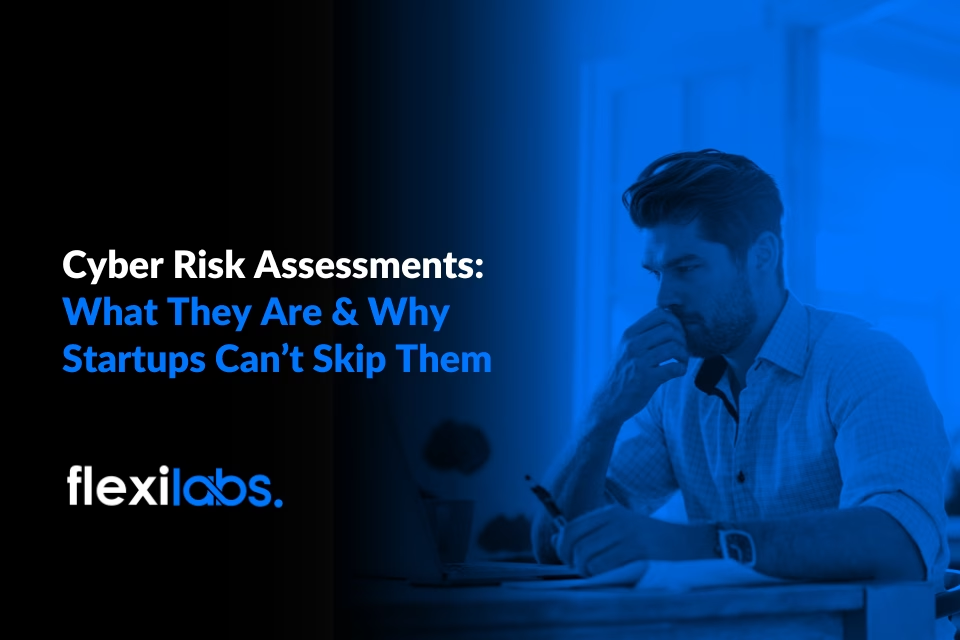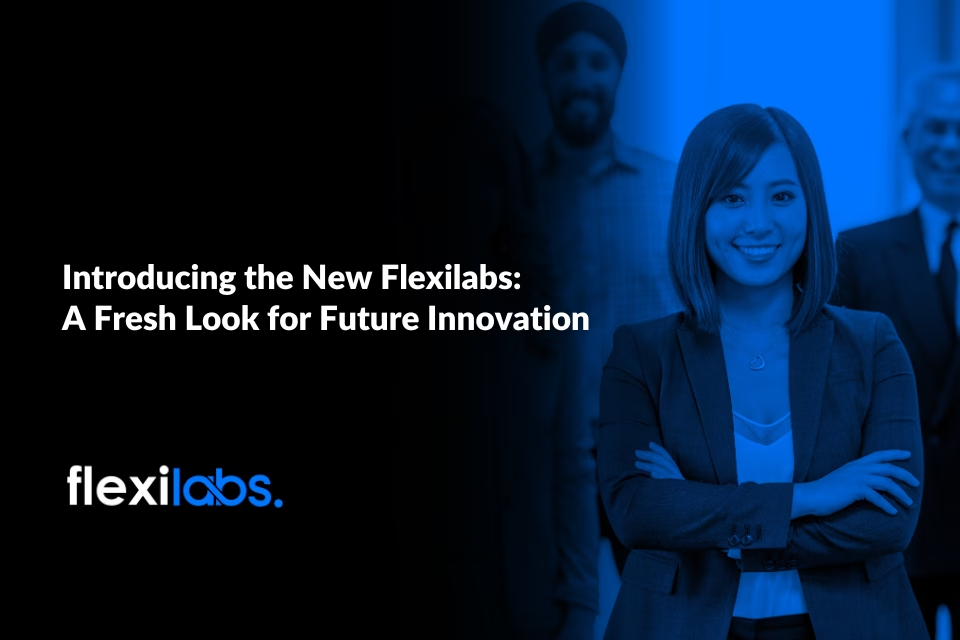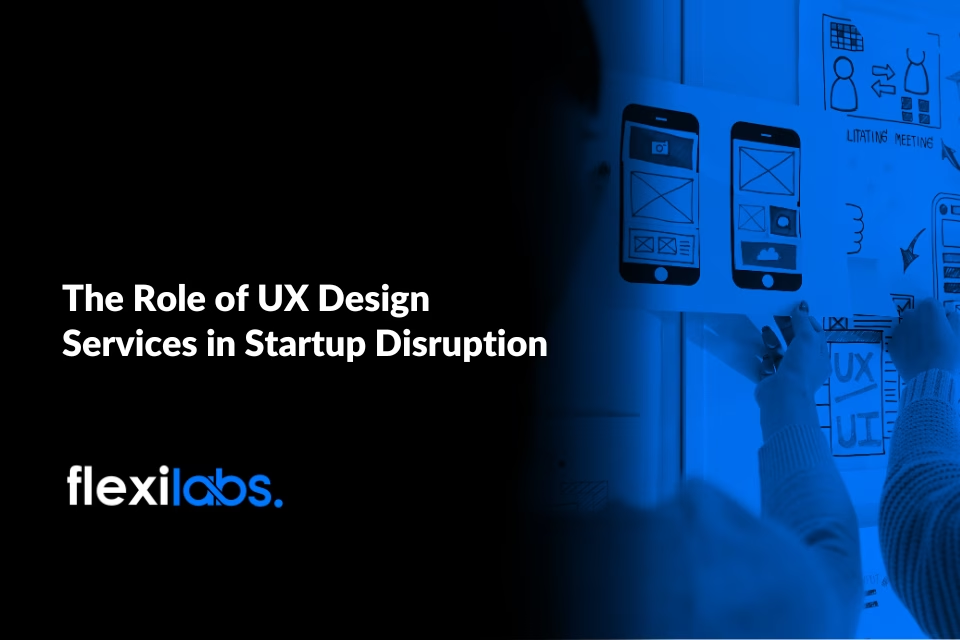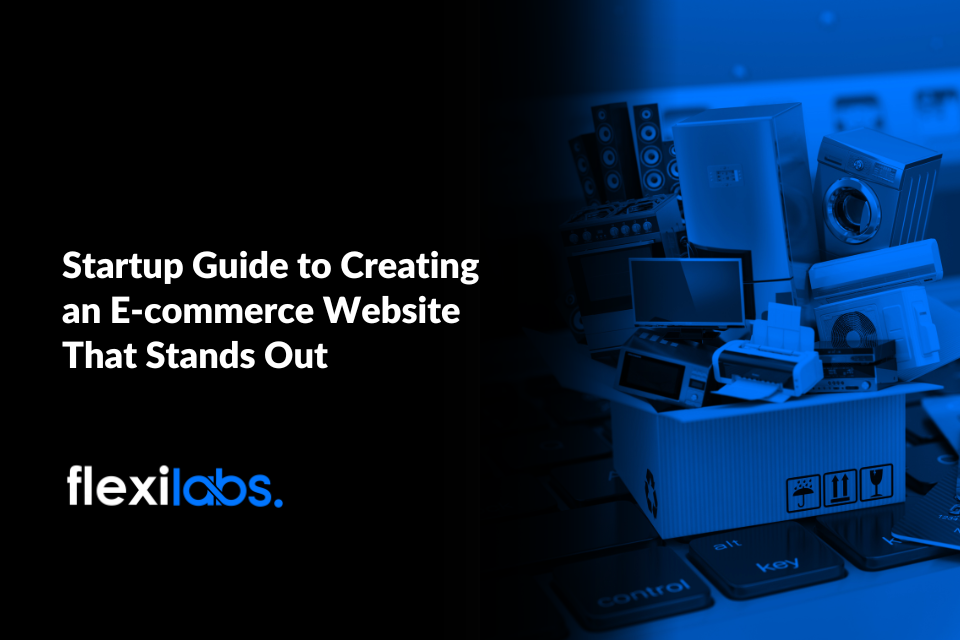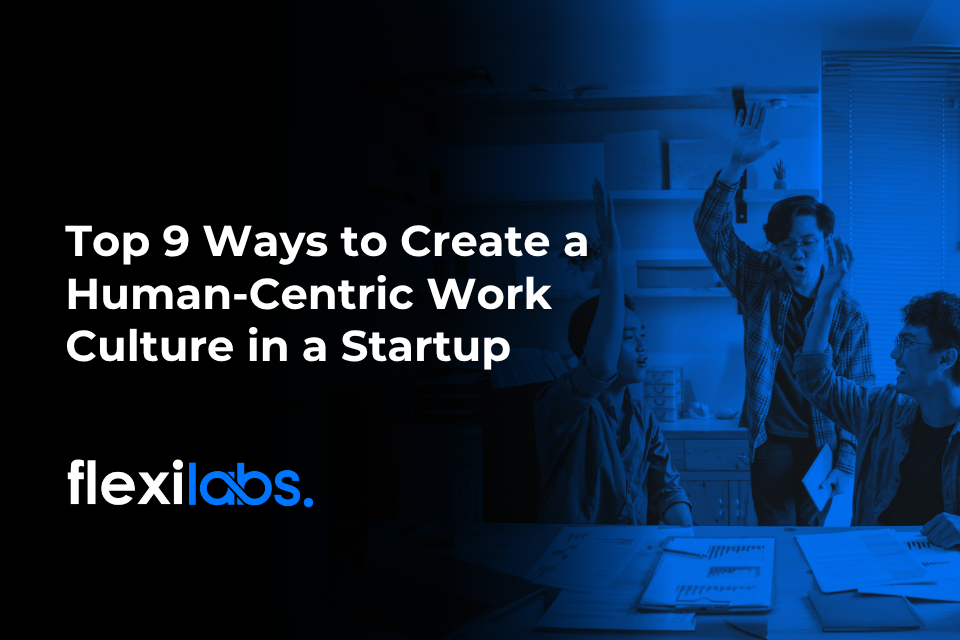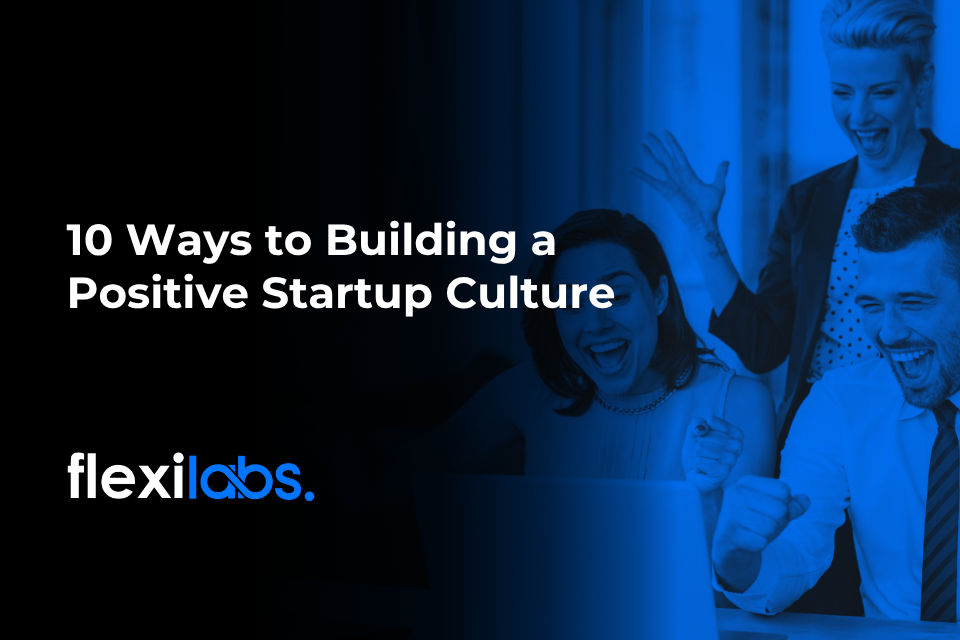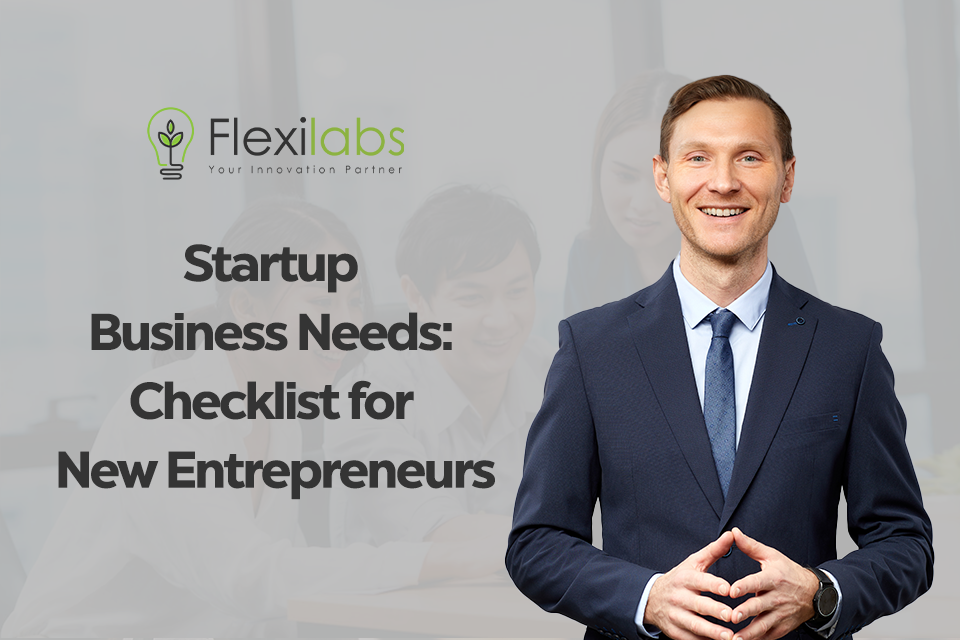As entrepreneurs, we all know the importance of conducting a study before investing in a business or a product. No entrepreneur would want to spend money on something only to discover that it has no market potential.
Likewise, you must create an MVP to help them plan, enhance, and create a product that is both attractive and will solve a problem for potential customers. But what is an MVP? In this article, we will tackle the definition of MVP, followed by its benefits and some steps on how you can make one.
What is a Minimum Viable Product (MVP)?
An MVP is a term that was first introduced in the book “The Lean Startup” by Eric Ries. It was initially introduced in the Lean Startup methodology, which advocates building products based on customer feedback.
MVP is an early version of a product with just enough features to satisfy early customers and provide feedback for future product development. The idea behind this approach is that if you can validate your idea, or at least know what you’re building is something people want. You can avoid wasting time and resources on something people don’t want.
The first product release allows the company to collect feedback and improve the product before releasing it to a broader audience. Many startups have adopted it to reduce the risk of launching an unproven idea.
What is the purpose of MVP?
As mentioned earlier, a Minimum Viable Product (MVP) is a business’s need to develop products with minimum viable features to test a concept, business model, or technology. It helps determine whether an idea will be successful before investing time and money into it. The MVP can also be used as a prototype or early release of a new product.
An MVP is usually created using existing technologies and resources from other projects. This helps minimize the risk, cost, and time needed to develop the MVP.
What are the critical components of MVP
When making an MVP, it must have the following three components.
- Usable – It has a minimum feature but is still valuable in enabling you to get customer feedback.
- Functions – Can demonstrate the future benefits of the product from early adopters.
- Reliable – Comes with enough value that potential adopters are willing to buy it.
- Design – Shows potential future with release improvements of the product.
5 Benefits of Minimum Viable Product (MVP)
The primary purpose of MVP development is to ignite customers’ interest in your product while getting feedback to improve the said product. However, it provides more benefits other than these. Here are five advantages of using MVP.
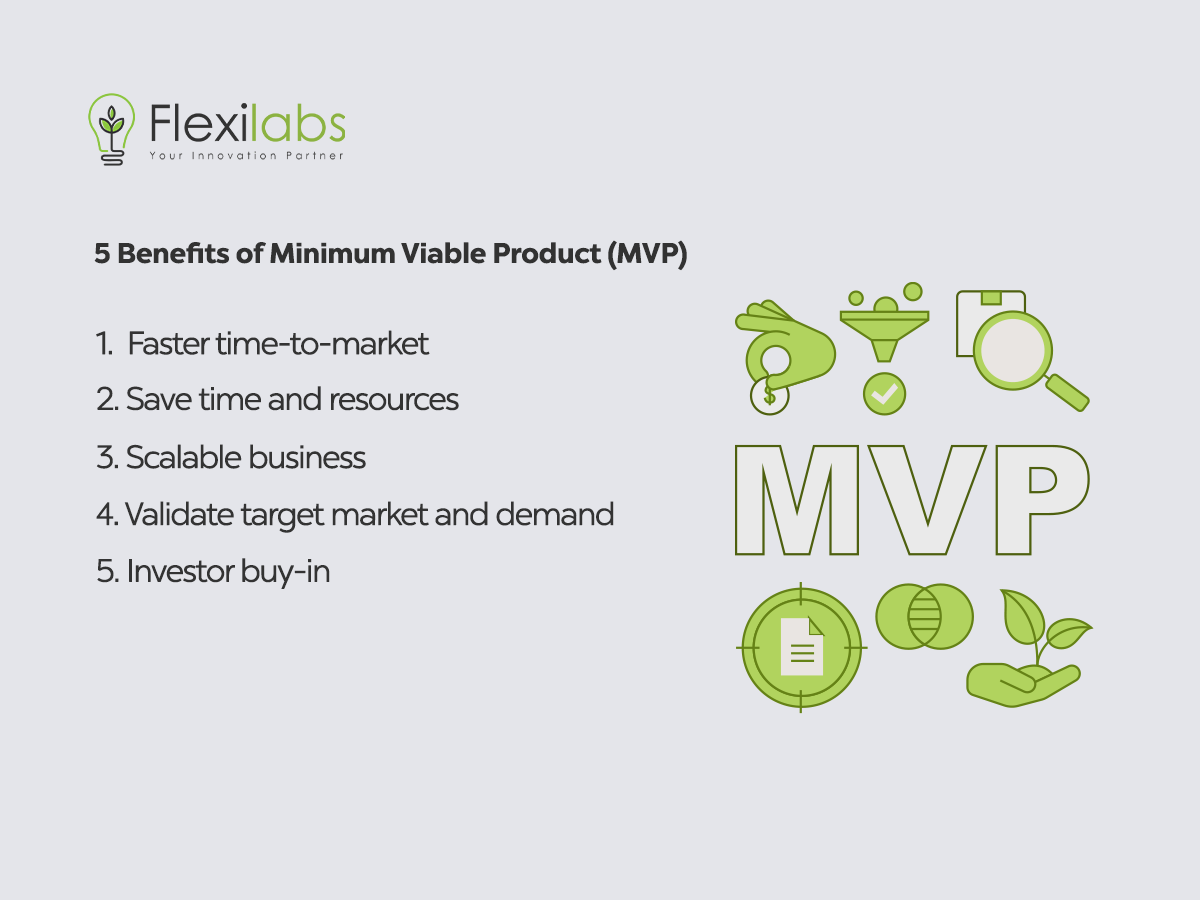
1. Faster time-to-market
A minimum viable product helps fasten time to market because of the competitive environment. After adopting the MVP approach to your development, you are committed to releasing iterations of the product or its features until it’s fully complete.
This is an excellent opportunity for your team to introduce your product to the market faster. In addition, rapid development can help you create or brainstorm new ideas as your employees will spend more time developing parts of your products.
2. Save time and resources
An MVP can save time, resources, and money. It can also help you test your assumptions about the product on a small scale before launching it on a larger scale.
Likewise, developing an MVP will help you validate your business idea before investing heavily in it. It will also help you with customer acquisition by enabling you to identify which marketing channels are the most effective.
3. Scalable business
Since you are collecting data and information during the development and release of your MVP, it could also guide you in the right direction. You can use this data to develop and improve your product that more customers will patronize.
Likewise, these data can help you safeguard your business from failure, see opportunities to expand, and stabilize your company.
4. Validate target market and demand
A minimum viable product is the simplest product form for testing a concept. It is not necessarily a minor product. Still, it is the fastest way to get feedback on a product that has value.
The MVP can be used as a test to validate the target market and demand. For example, if you want to know if people will buy your new invention, you can create an MVP and sell it on Amazon. If it sells well, you will know that there is demand for your vision, and you can keep working on developing your idea.
5. Investor buy-in
Inviting or getting an investor on board with your product can be difficult. Investing in a startup with improper cash flow, an inexperienced team, and no business plan can turn away investors.
However, MVP can help you demonstrate these elements to an investor. With MVP, you can showcase to an investor the importance of your product, business model, and uniqueness of your product.
How to make a successful MVP?
Now that you know the benefits an MVP can give, you can start building your MVP. But how do you develop a minimum viable product? Here are a few steps to take to make an MVP:
- Ensure that your MVP aligns with your business. List down your objectives and align them with your business goals.
- Identify problems that you want to solve. Look for specific issues experienced by users that your product can specifically solve.
- Perform a competitive analysis. When you identify the problem, the next step is understanding your competitors. Why? Because it will help you identify a potential target market, pinpoint best practices, and see a vital element in the industry. It can also help you identify possible pitfalls and avoid them accordingly. You can include the following in this section:
- User research
- Competitive analysis
- Product functionalities
- Cost to develop
- Translate your MVP into a business plan.
- Develop, test, release, and repeat.
Flexilabs Can Help You Make Your MVP!
Minimum Viable Product development is a beautiful process and approach that can help your startup in its early stages. It can allow you to acquire necessary data, see opportunities, and draw customers to your product.
If you need further help, contact Flexilabs. We help startup turn their ideas into working MVPs. Learn more about Minimum Viable Product with Flexilabs!



